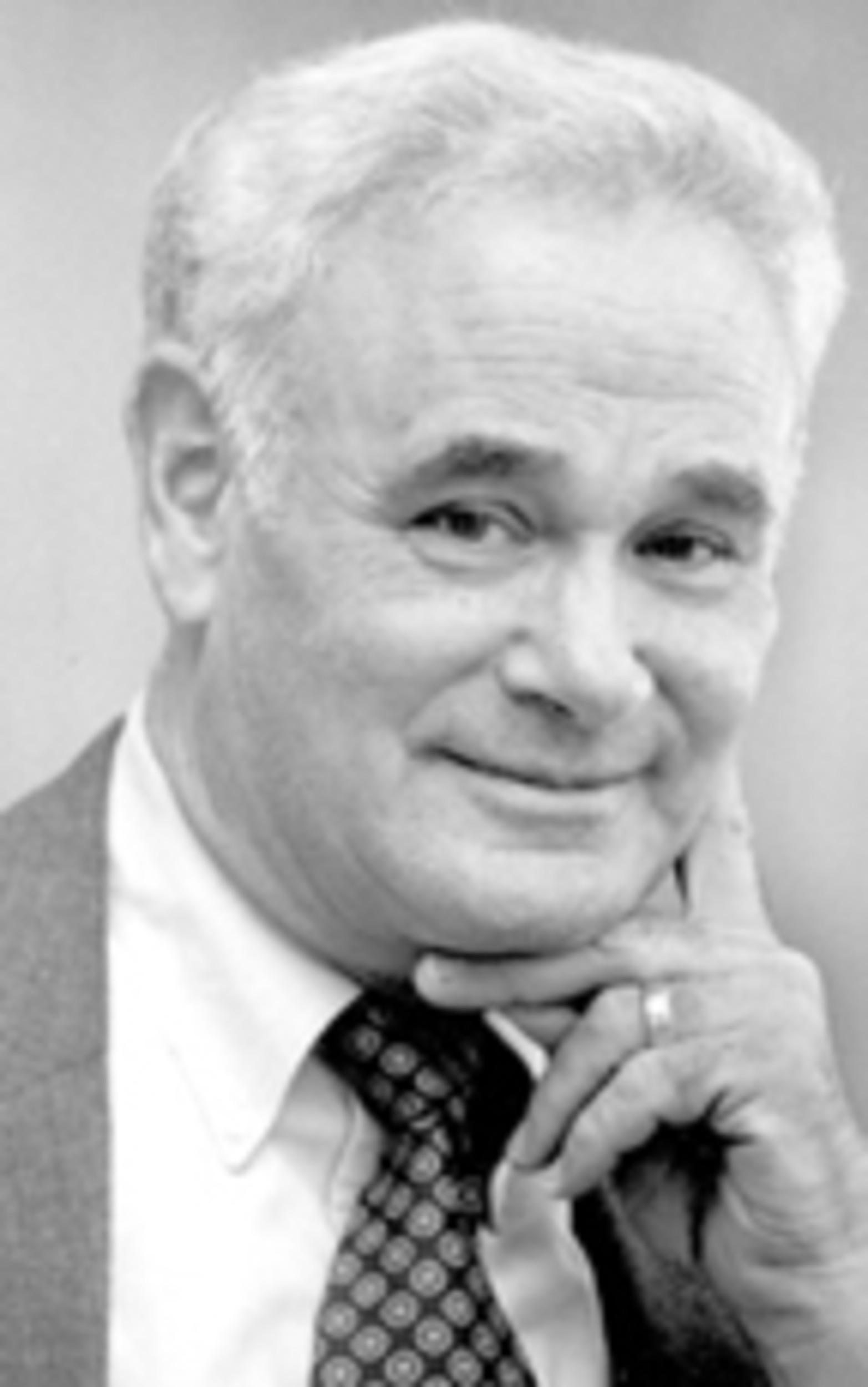‘Certainty is an illusion’
In the late ’60s, in the very first years of our marriage, Sandy and I were living in a tiny rent-controlled apartment ($79.66 per month) in the northernmost Irish and Italian neighborhood in Manhattan, known as Inwood. I remember, as if it were yesterday, walking into what passed as our living room and finding a neatly printed note from my young wife: “Certainty is an illusion, and repose is not the destiny of man.”
This quote is attributed to Oliver Wendell Holmes Jr., an associate justice of the United States Supreme Court, 1902-1932. But Sandy, a teacher for her entire work life, tells me she came across these words in John Holt’s bestselling book, “How Children Fail” (1964).
“Certainty is an illusion ….” I have carried these words within me throughout my entire adult life, and have seen time after time how men and women have become undone by demanding certainty in a world in which nothing is certain.
In his opinion piece in the June 16 issue of The New York Times, “ ‘Shiny Happy People,’ Fundamentalism and Seeking Certainty,” David French warns readers about pursuing the illusion of certainty.
“Shiny Happy People” refers to an extremely popular documentary series on Amazon Prime, centering on a cult that French himself almost joined back in 1993, when his then-fiancée and her father both insisted that he join an evangelical group trying to live by the teachings of Bill Gothard, founder of the Institute of Basic Life Principles. French soon realized that he could not accept the “controlling darkness” of Gothard’s rigid authoritarianism.
“My parents taught me to value mercy and grace. I couldn’t see mercy here, just power and control,” French wrote.
He goes on to emphasize, “With authority so central to Gothardism (and so many other fundamentalist movements), the quest for certainty turned into a quest for control.”
Big surprise: French broke off his engagement.
Certainty, then, is the enemy of healthy doubt. Certainty is also the enemy of humility, the kind of humility embodied in the statement, “I don’t know,” or even “I can’t ever know.”
While our rabbinical literature is filled with affirmations of faith, these affirmations are modified by the rabbis’ two most important Hebrew words: davar acher, another explanation.
Our TANAKH, our Hebrew Bible, anticipating the yes and the no of our rabbinical writings, embodies our people’s spiritual affirmations, our hallelujah moments, but also our moments of deepest personal and national tragedy. Thus, more than half of our 150 Psalms express the suffering, the despair and the radical uncertainty as to what tomorrow will bring: “My God, my God, why have You forsaken me?” (Psalm 22.2)
The entire Book of Job is devoted to questioning God’s justice; questions are raised in poetry of profound beauty, but answers remain elusive, uncertain, demanding our humility.
And, as I have pointed out on numerous occasions over the years, in the luminous passage in our Torah concerning the burning bush, God’s identity is expressed by three Hebrew words of majestic ambiguity: “Ehyeh Asher Ehyeh, I will be Who I will be” (Exodus 3.3). Here again, certainty is an illusion.
But of all the books in the library that form our Hebrew Bible, Kohelet, often called Ecclesiastes in English, is most consistently devoted to exploring the value of doubt as an antidote to the kind of certainty that crushes all humility. The Hebrew words in the second verse, havel havelim, have been translated as “vanity of vanities,” but are better translated as “utter futility.”
Throughout the book, the author characterizes our quest for certainty as ri’ut ruach, a chasing after wind.
When I was serving as rabbi at Temple Habonim, in Barrington, from the summer of 1974 to the summer of 2007, I made it my practice to read and discuss Kohelet with my combined ninth- and tenth-grade religious school class during a six-week unit. It seems to me that no book in our TANAKH is better suited for American teenagers than Kohelet; the writing overflows with challenging – indeed, unanswerable – questions that 14- and 15-year-olds are just beginning to ask themselves and one another.
In particular, my students were awakening to that haunting, overwhelming question: What is the point of living, given that all of us are doomed at birth to die?
As the author of Kohelet puts it: “For in respect to the fate of human beings and to the fate of animals, they have the same fate: as the one dies, so dies the other …. We people have no superiority over animals since both amount to nothing. Both go to the same place; both come from the dust, and both return to the dust” (Kohelet 3.19-20).
Throughout all 12 chapters, the author of Kohelet explores the proposition – as ancient as the 3rd century B.C.E. and as contemporary as today’s newspapers – that certainty is indeed an illusion.
The author’s relentless doubting, skeptical but not cynical, an expression of his profound humility and a sense of his human limitations, has encouraged those who have come after him to continue our questioning and our searching l’dor vador, from generation to generation.
JAMES B. ROSENBERG is a rabbi emeritus at Temple Habonim, in Barrington. Contact him at rabbiemeritus@templehabonim.org.








